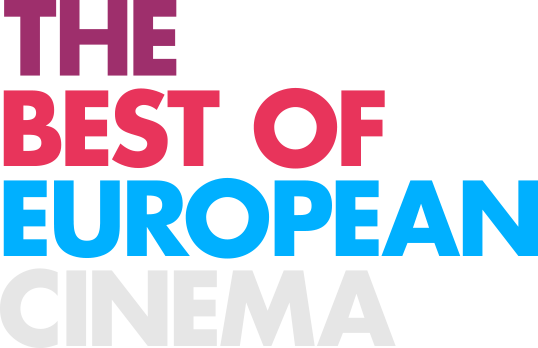“We love filmmakers who aren’t afraid to take risks”
The Curtocircuíto International Short Film Festival is one of the most interesting short film events in Spain. Taking place in Santiago de Compostela from 6-11 October, the festival, already in its 11th edition, focuses on the boldest filmmaking in short format, creating a solid bridge between the filmmakers’ art and the audience. Cineuropa has met up with Curtocircuíto’s artistic director, Pela del Álamo (photo by Tamara dela Fuente), to talk about it.
Cineuropa: Curtocircuíto highlights both local and international short films at the same time. What do you look for within them?
Pela del Álamo: Curtocircuíto looks for filmmakers that show their own point of view, a strong and bold one. We look for works that open new paths, that can make us explore new roads. We love filmmakers who aren’t afraid to take risks, and we don’t care about their origin. Fortunately, in Galicia, we have got some very interesting directors that are developing a very interesting career. An example of this is Xacio Baño, who has just premiered Ser e Voltar in Locarno and who will be at Curtocircuíto showing his film.
Curtocircuíto has existed for more than a decade now. What does it mean?
It means that it has got a steady social basis, with a loyal audience, and that there are quite some aspects established by force of habit, but it also signifies that it has to be reinvented from time to time and we, just like the filmmakers, have to pay attention to the environment in order to keep the festival from being far from the real world. The experience is a plus, but it also implies some duties.
Short-film festivals are far more common than feature film festivals, but, nevertheless, it is much more difficult for them to be prominent. How can that be achieved?
We think that a film festival’s importance depends directly on its programme, not on whether it is dedicated to short films or to feature films. The only important thing for us is to define our philosophy through our programme (including screenings and other events). We are a festival that takes things very seriously, and at the same time, one that wants to be relaxed and close to the audience. The handling of the guests and the audience is essential to define the project.
It is often easier to play with new film narratives in short films than in feature films. Is it because there are fewer limits there, or, on the contrary, because those limits force the filmmakers to work harder?
It makes no difference if a film is longer or shorter. I think that, in general terms, film is, and should be, an environment for playing and experimenting. What happens now is that in the industrial film, especially in the more commercial field, the films being produced are very standardised in terms of length and language. In those feature films there is no experimenting or playing, and that’s why one could say the short film has fewer limits. But if we look closer at the independent and arthouse creation, there are feature films that take formal risks such as the ones the short films take. The same way, there are a lot of short films that only aim to achieve the technical neatness needed to make a producer trust the people behind them…
These new film narratives play a big part in Curtocircuíto’s programme. Which films or filmmakers would you highlight?
At Curtocircuíto we pay attention to the works that we think are more authentic and interesting in terms of their director’s calligraphy and point of view. That’s why, this year, filmmakers such as Joâo Pedro Rodrigues, Jay Rosenblatt, Deborah Stratman, Joâo Nicolau or Louis Hudson are in the official section, and others such as Mike Hoolboom and Gabriel Abrantes are featured in the sidebars.
07 October 2014, by David González






